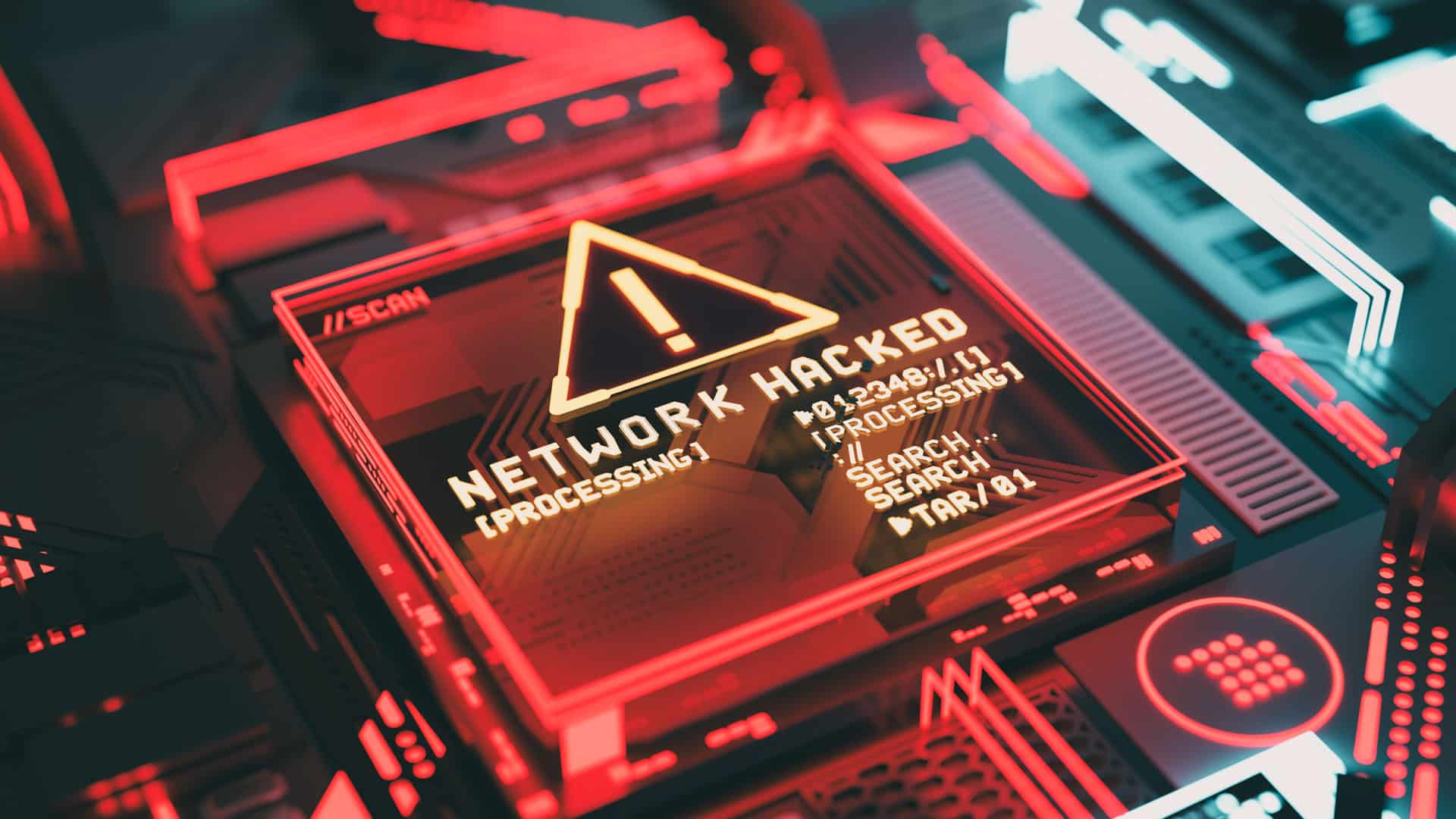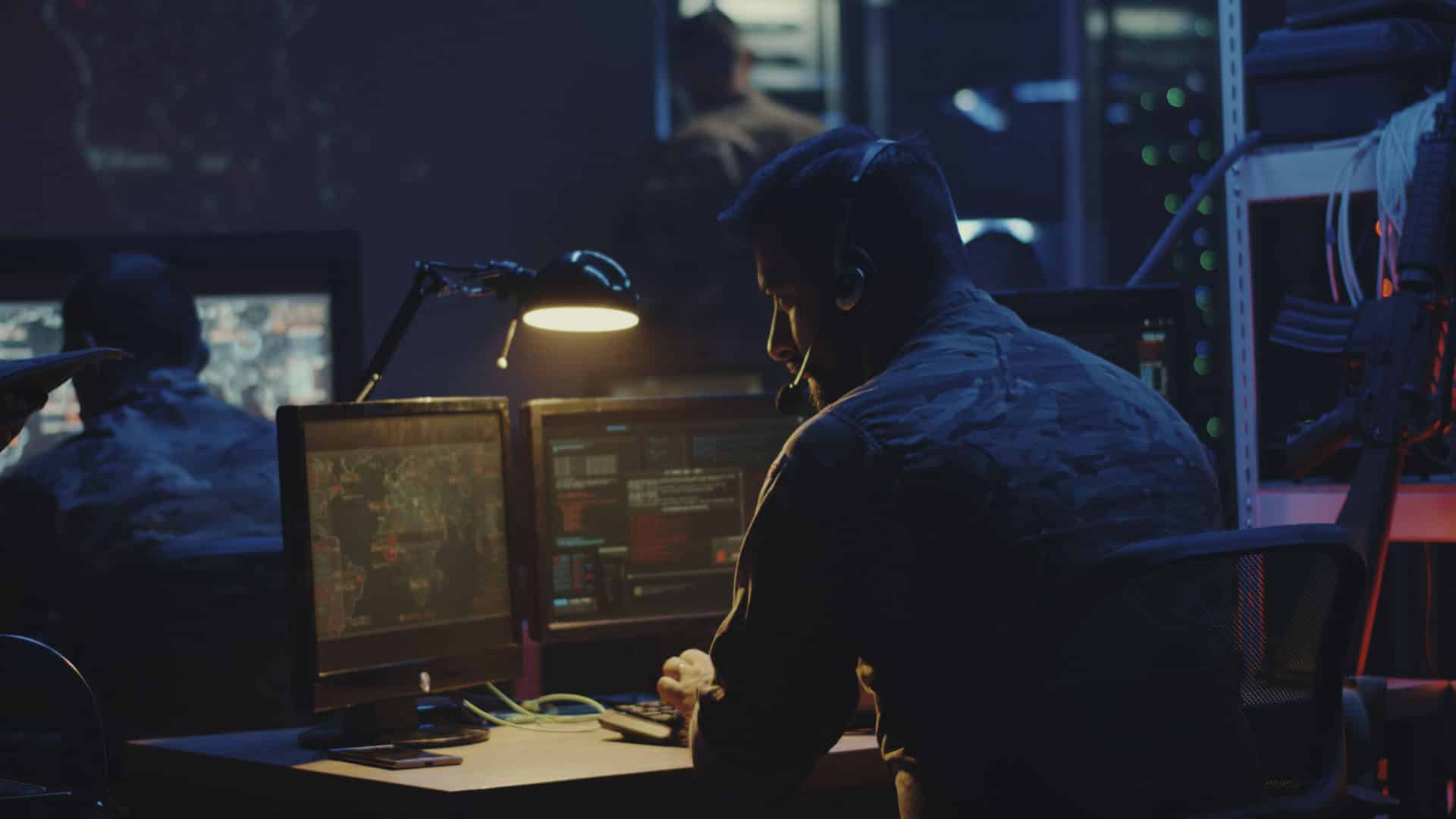
Ensuring readiness before any actual impact

A simulated cyber attack on your business
A red team exercise is a full-scope, multi-layered attack simulation designed to measure how well your company’s people, networks, applications, and physical security controls can withstand an attack from a real-life adversary.

Ensuring readiness before any actual impact

Threat intelligence driven simulations

Mastering cyber defense

Operates on a need-to-know basis
Winning together
The primary objective of a red team exercise is to bolster your organization’s resilience against ever-evolving cyber threats, ensuring readiness before any actual breach or business impact.
Methodology and approach
Our red team methodology integrates established frameworks for consistency and reliability. We prioritize repeatability in our engagements, ensuring that each test yields consistent, dependable results. This approach guarantees that repeated exercises under similar conditions will provide comparable outcomes.
Collaboration is key. We’ll jointly assess business risks and constraints, aligning with your specific cyber threat landscape. This understanding shapes our focus, directing efforts towards current, relevant threats.
Based on your needs and identified threats, we develop structured, controlled attack scenarios. Emphasizing safety and formality, we engage two trusted insiders (the white team) to maintain oversight.
Utilizing advanced TTPs and custom tools, we emulate the behaviors of selected APTs. The simulation spans three critical areas: initial access, infrastructure breach, and consequence evaluations.
Post-exercise, we collaborate with your security and IT teams to identify strengths and areas for improvement. Our findings culminate in a comprehensive report, customized to align with your team’s insights and strategies.
Preliminary phase
Before embarking on the initial access phase, a critical step is reconnaissance and intelligence gathering. This phase involves meticulous research and analysis to understand your organization’s digital footprint and potential vulnerabilities. It’s about mapping out your cyber landscape, identifying key assets, and understanding your security posture, setting the stage for a more focused and effective attack simulation.
Phase 1
In this phase, we simulate common cyber attack origins like accessing exposed systems using known and unknown vulnerabilities, leaked or weak credentials, or phishing campaigns to access your network via an employee’s computer. Our goal is to perform a realistic threat emulation and gain an initial foothold from external sources while maintaining operational continuity, applying a “leg-up” strategy if necessary.
Phase 2
Upon gaining network access, the focus shifts to deeper infiltration, such as compromising privileged user accounts, exploiting vulnerabilities, or targeting directory services like Active Directory.
Phase 3
This final phase involves simulating data exfiltration, a common cyber attack goal. It includes identifying and gathering sensitive information like trade secrets or financial data, reflecting the growing trend of double extortion in cybercrime. It can also be defined as a “flag” inside a high-value asset that the simulating attack team would try to acquire.

Optional phase
Watch the video

Business benefits
Building resistance
Performing a red team engagement offers a realistic evaluation of how your systems would withstand an actual cyber attack, providing valuable insights into your organization’s vulnerability to sophisticated threats.
A red team engagement allows for a thorough examination of your cybersecurity measures, identifying not just technical flaws but also weaknesses in human factors, communication and organizational processes.
The engagement fosters heightened security awareness among staff and helps in formulating a strategic approach to bolster defenses, ensuring a more robust and proactive cybersecurity posture.
Act now